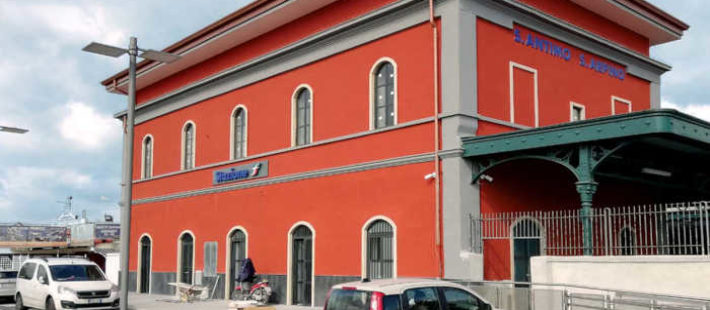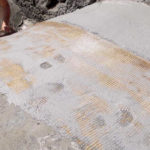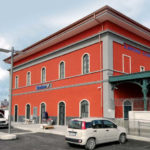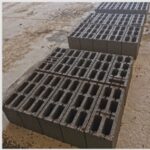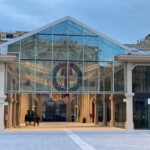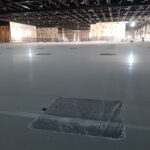National railway stations is a test bench extremely complex because they require daily maintenance work to ensure their efficiency. These works are also necessary when the infrastructures are very extensive and aged.
From one side, the maintenance concerns bridges, viaducts, service buildings, and small stations that line the local railway lines. On the other side, there are operations to align their safety requirements, especially anti-seismic.
The seismic improvement actions on the Naples-Formia line
The task faced according to the contract awarded by RFI is the seismic improvement of three stations placed on the Naples-Formia railway line. The operations were performed by the designer Eng. Antonio Durante and carried out by the architect Angelo Boemio from RFI.
To carry out this type of work, they have been chosen solutions for structural reinforcement based on FRCM composite materials.
Which stations required interventions
The stations involved are the oldest in Naples-Formia:
- in Frattamaggiore (NA)
- the which one in Sant’Antimo (CE)
- the last one in Nocera Inferiore (SA)
The three buildings, made of tufa masonry, needed actions aimed at their seismic improvement. In the case of the last one, Nocera Inferiore station, it was also necessary the strengthening of vaulted floors which showed evident signs of decay.
Reinforcement of masonry structures with FRCM systems
The improvement actions were performed using:
- PBO-MESH 22/22 system, a 44 g / m2 bidirectional net per 100 cm high in PBO fiber, equally distributed in warp and weft
- MX-PBO Muratura, a cement-based inorganic fiber matrix. It is ideal for the optimal transfer of tensions from the structural element to the network
- Together with the MX-PBO Joint inorganic matrix, PBO-Joint is a connection system for connecting existing masonry structures with FRCM structural reinforcement systems in PBO

Realization of reinforcement bandages
The staple connector is made by using a bundle of parallel and continuous yarns/ strands. This bundle is collected inside a tubular elastic net made of polyester, polyamide and latex threads. The net is extensible both longitudinally and transversely and removable.
Only after the impregnation with the appropriate MX-PBO Joint inorganic matrix, the bundle becomes rigid. When it is put inside the hole placed in the masonry structural element, increases the adhesion capacity of the FRCM reinforcement system in PBO with the existing support.
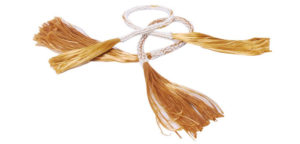
Solutions for Ruregold structural reinforcement
Specifically, the solutions adopted were structural reinforcement ones based on FRCM composite materials produced by Ruregold. The company is specialized in the reinforcement systems of concrete and masonry structures with the innovative Fiber Reinforced Cementitious Matrix, made of long PBO and carbon fibers. These fibers have a high tensile strength not subject to corrosion and they are drowned in a special inorganic matrix able to provide ts adherence with the support.
The Ruregold solution is able to increase the resistant capacity of structural elements and the ductility of masonry structures. It also has excellent resistance even to high temperatures and to cycles of frost and thaw.
 |
SUBSCRIBE NOW
|
Source: Ingenio


